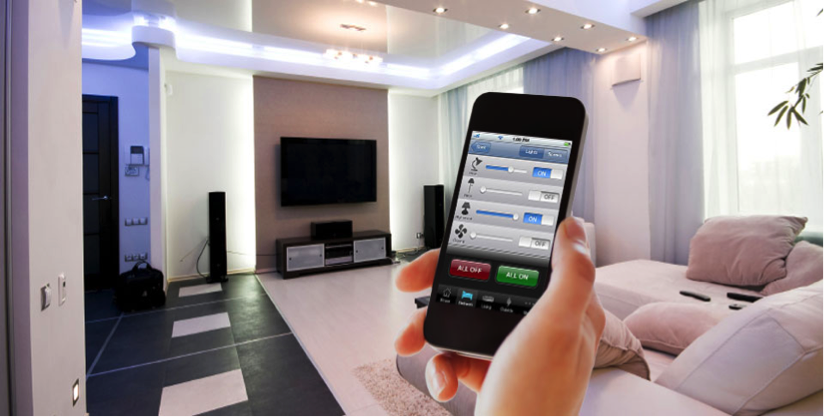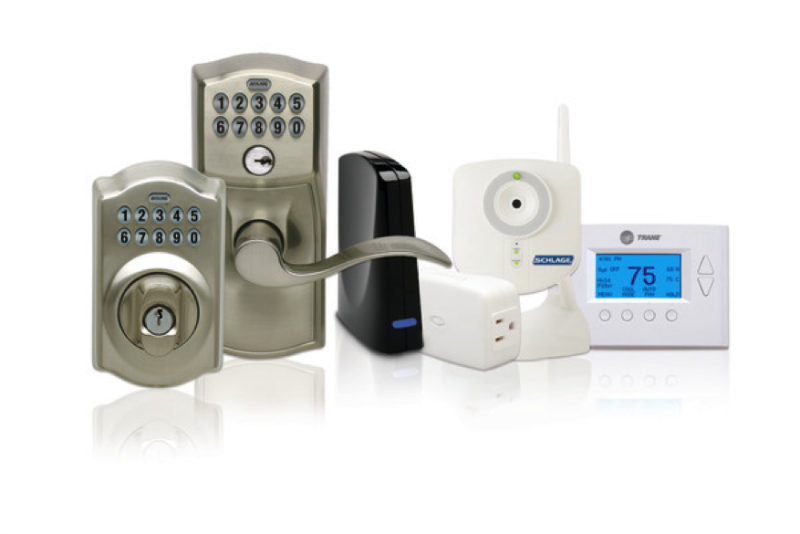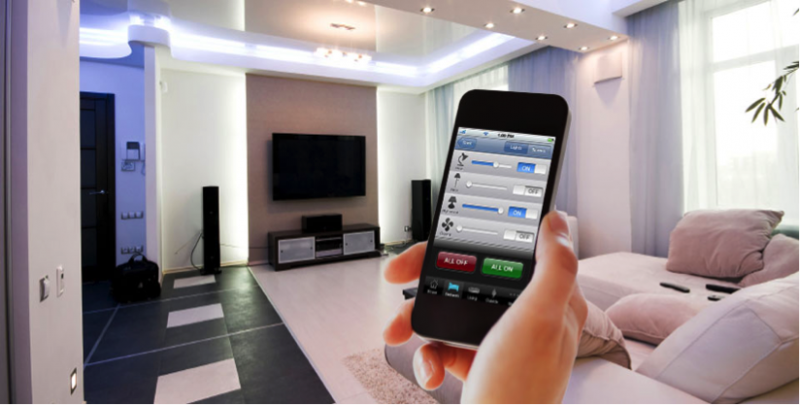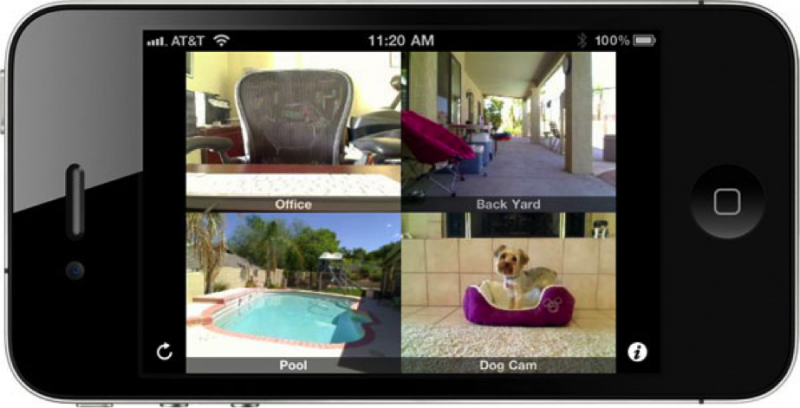Home automation or domotics refers to the electronic and automatic control of household appliances, features, and activity. Several systems of control are used in the built-up extension of building automation. In home automation, it is advisable to use electric linear actuators that are designed to fit any automation application and project. Components of a home that is automated might include centralized control of locks on gates and doors, windows, appliances, surveillance cameras, lighting and, heating, ventilation and air conditioning systems (HVAC). Over the past few years, the popularity of home automation has increased and one advantage of an automated home is how easy it is for one to manage its functionality on various devices: laptop, desktop, smartphone, or tablet.
Figure 1 automated locks for doors
Figure 2 someone using a smartphone on an automated home
Features of Home Automated Systems
When determining the right automation package, it is vital for one to be well informed about the settings and features associated with home security and safety systems. These automation systems comprise of hardware, electronic and communication interfaces, which work to integrate various electrical devices together. One touch of a button can regulate various domestic activities. Users can control various household activities, like change temperatures in individual rooms, regulate the amount of light given to houseplants, or adjust the home entertainment system controls, from any remote location. The software for home automation is usually connected through computer networks to allow users to change various settings on certain personal devices.
Actuators and Home Automation
Actuators, sensors, and controllers are a home security system’s main elements. Actuators may be motorized valves, motors or light switches, which control a function or mechanism in a home automation system. Sensors can check changes in motion, daylight and temperature; the home automation systems can change these settings to a user’s preferred level. Controllers refer to the personal devices- tablets, laptops or desktops – used for sending and receiving messages about the condition of automated features in someone’s home.
The Benefits of Home Automation
Various home automation systems provide different functions and services. The standard characteristics found across these platforms include remote lighting control, carbon monoxide and fire monitoring, appliance control, thermostat control, security cameras, live video surveillance, alarm systems and email alerts and real-time text.
Figure 3 using a smartphone for home surveillance
Owners of homes can reduce energy bills by lowering room temperatures after leaving reducing the amount of time that lights are on. One great benefit of these systems is that homeowners can protect their houses against fires and break-ins while enjoying automation for temperature, lights and more. Automation of the features in a person’s home helps in promoting energy efficiency, convenience, security, and comfort. The other benefit of these systems is that it saves substantial energy, materials, labor, and time.
Home Automation and Technological Advancement
The advancement of technology is making these home automation systems more affordable. The prices are decreasing while the operating systems of these home automation systems are becoming less complicated to enable the users to master the various controls that are associated with their security and safety devices. In addition to computers, the commands in a home automation system can be given through tablets, televisions, and smartphones. A home automation system is an excellent solution to one’s security and safety concerns, whether it is a household of one or one has a huge family. After the home automation system is installed professionally, one can begin enjoying the benefits of having a smarter and safer home.
-Sponsored.









































Discussion about this post